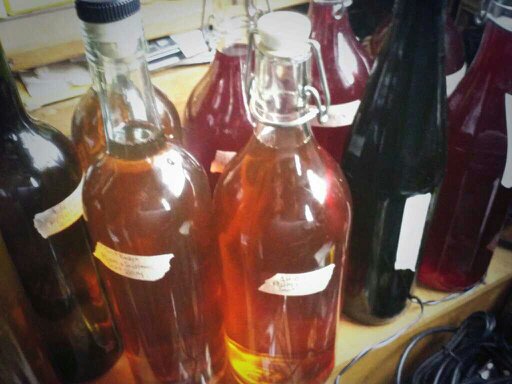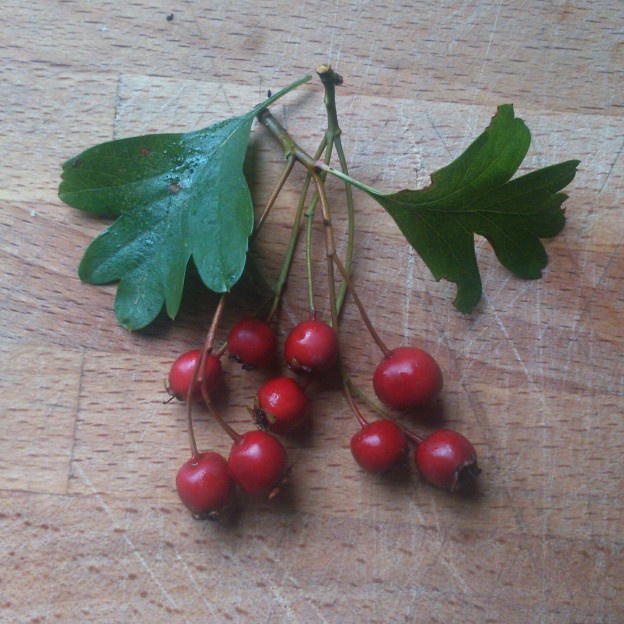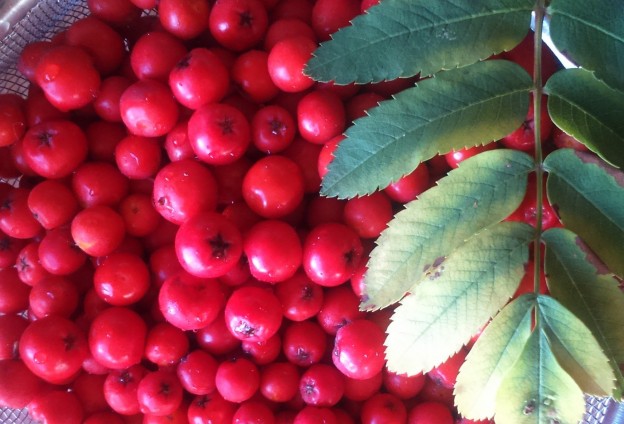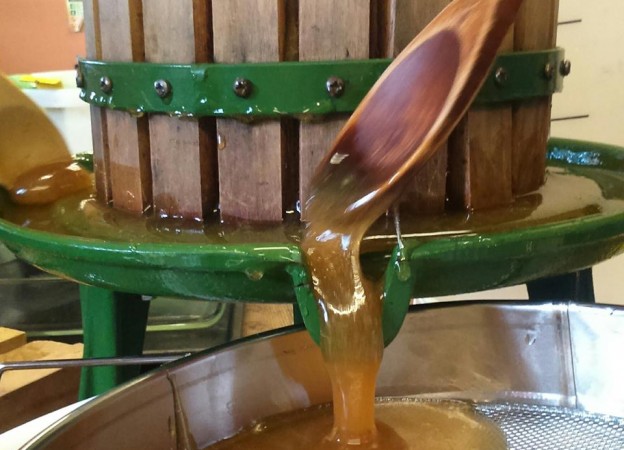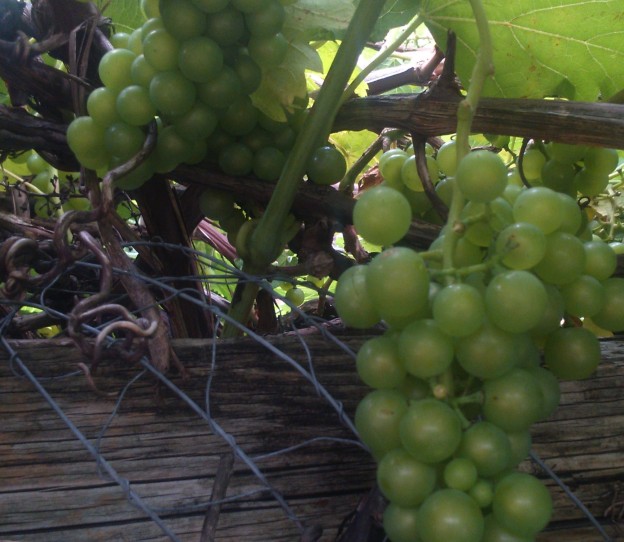For about four years now, I’ve been an avid amateur wine maker. I like wine and I live largely surrounded by a plethora of wild bramble, unmanaged fruit trees and forgotten hedgerows, it was only a short while before I put to put two and two together and begin to make my own.
Largely, my efforts have been a success owing to Jack Keller’s brilliant website. To date I have made, dandelion, blackberry, plum and sloe wines. I’ve also made some cherry vinegar. It was supposed to be wine, but at least it’s nice to clean with or on salad! Last year I had a bumper production of a whopping 25 bottles. One bottle remains of the sloe which was by far my favorite, and shall make the trip to Norway.
By now, I should be surrounded by the gentle “ploop, ploop” of secondary fermentation from all of my favorites, but this year I can not partake. It is killing me. Instead, I’m making infusions. I like them too, don’t get me wrong, but it’s a pale comparison compared to the sense of achievement I get from making wine.
With infusions, you’re virtually guaranteed a good out come. You’re starting with gin or vodka or maybe even brandy, all of these are from a shop and as such are more or less drinkable. This is not to take away the magic of making a furniture polish grade hard liquor into a sublime and palatable liqueur like the December favorite, Sloe Gin. In fact, I’d encourage anyone who has never made their own liqueur who wants to turn a forage into something amazing to do it. Sloe Gin is simple and very rewarding! If you can’t find Sloes or if you’re not one hundred percent sure what how to identify them, go for another soft fruit. Blackberries are abundant in most of the United Kingdom and are easily identifiable. I quite like Blackberry vodka.
All you need to make a soft fruit liqueur is the store bought 40% alcohol, a jar, the fruit and some sugar. Exact measurements are not necessary. The more sugar you use the faster the liqueur will be ready (within reason) and the sweeter it will be. My personal preference is about 25% of the jar to be sugar, 25% fruit and fill to the top with the alcohol. Shake daily until all sugar is dissolved and let the mix mature for one month. Sloe Gin matures very slowly and takes a minimum of three months, but gets infinitely nicer after a year or longer.
Some people remove the fruit after a week, The longer you leave soft fruit, the more it breaks down, so if you want use it I’d do so while after a week when it is still relatively solid.
Personally I prefer gin for sloes, vodka for cherries, blackberries and plums. I prefer plum liqueur to plum wine so if I happen to be lucky and get quite a bit, if I get I also do a brandy.
Be forewarned, making your first infusion liqueur is a very likely stepping stone to making wild wine!
